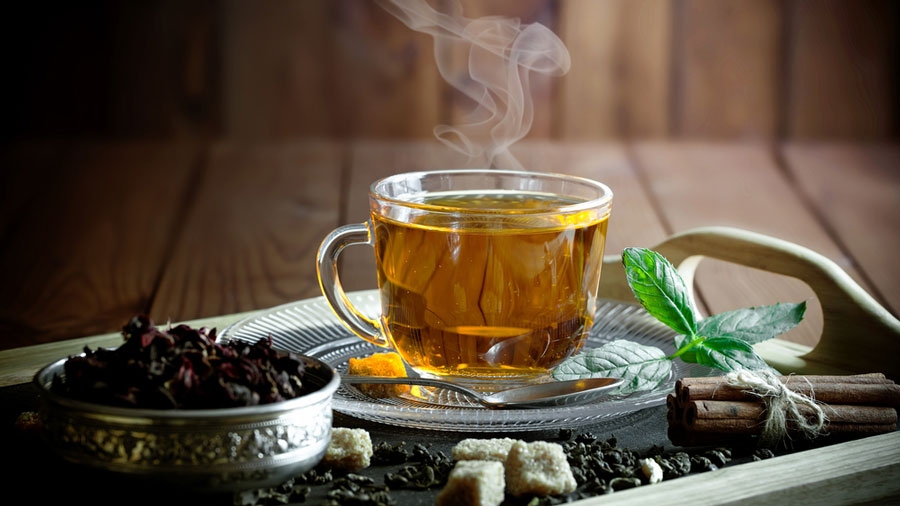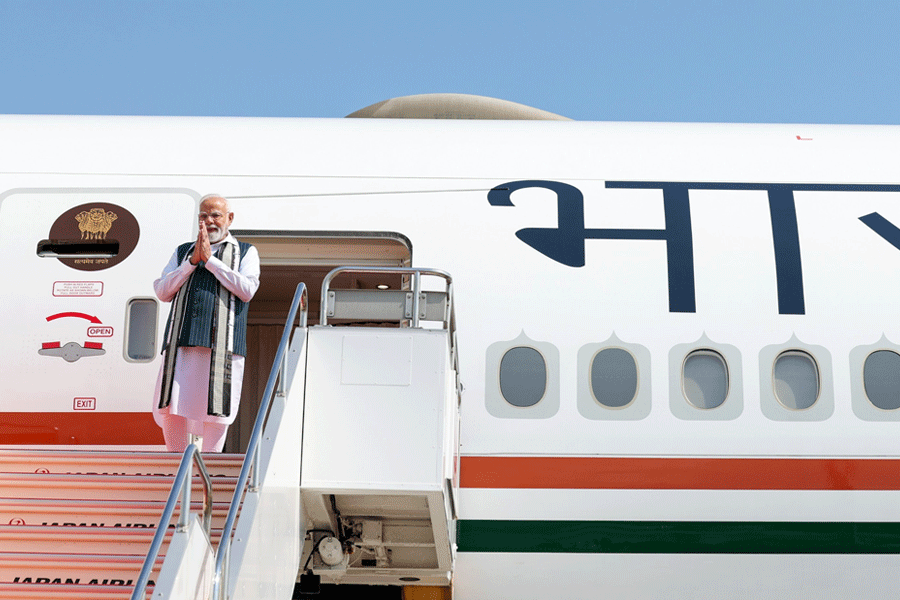Bulk tea prices at the auctions are likely to open firm in the New Year and stay that way till June, senior planters said, even as they cautioned that the industry’s overall performance in 2022 could depend on the volume of crop coming to the market from July onwards.
The shortage has been created in the market by the crop losses in 2020 and 2021 following pandemic-related disruptions, boosting prices at the auctions. Industry players said the impact of the shortage in the pipeline would continue till June.
“Prices should remain firm till June. However, production during July-October will determine how the rest of the year pans out. If the crop is high, we may again be in trouble,” said Atul Asthana, managing director of Goodricke, part of UK’s Camellia Plc, the world’s largest bulk tea producer.
India produced 1,257.53 million kg tea in 2020 compared with 1,390.88 million kg in 2019, a drop of about 10 per cent. According to a provisional figure provided by the Tea Board, production stood at 1,144.89 million kg till October 2021, suggesting the 2019 level may not be breached.
Gardens produce 60 per cent of their crop in four months from July to October compared with 30 per cent in the first six months of the year.
Aditya Khaitan, chairman of McLeod Russel India, India’s largest bulk tea producer, held views similar to Asthana. He hoped the prices would be strong when the market opened for the next season in April. Khaitan was speaking to McLeod shareholders last week.
A 10 per cent drop in production resulted in a 32.5 per cent rise in North India (NI) auction prices in 2020 over 2019. Organised bulk tea producers were able to breathe easy after years of margin squeeze caused by stagnating prices and increasing cost.
Even though production rose in 2021, NI auction prices are down only 7.4 per cent till November compared with the same period of 2020, Tea Board data show.
In 2020, prices remained firm during the better part of the year but tapered off at the end of the season. In contrast, prices firmed up at the end of 2021 as the early onset of winter led to green leaf production slowing down.
Khaitan also suggested a new floor price may have been found, and consumers are ready to pay higher prices for tea.
Asthana said the only way large producers can stay in the green is by focusing on quality. “Out of 1,400 million kg, the demand for quality tea, especially from the west Indian packers, is about 200 million kg. Our target is to be in that top bracket,” he said.
“Gardens focused on quality are expected to perform much better on a relative basis in FY2022. Two consecutive years of lower production is likely to support prices at least till around June 2022, ” Sujoy Saha, vice-president and sector head of Icra, said.
“Assuming normal production levels and no further increase in wage rates, profitability of bulk tea players, particularly those producing quality teas, in 2022-23 is expected to remain largely at the same level as that estimated for 2021-22,” Saha said.











